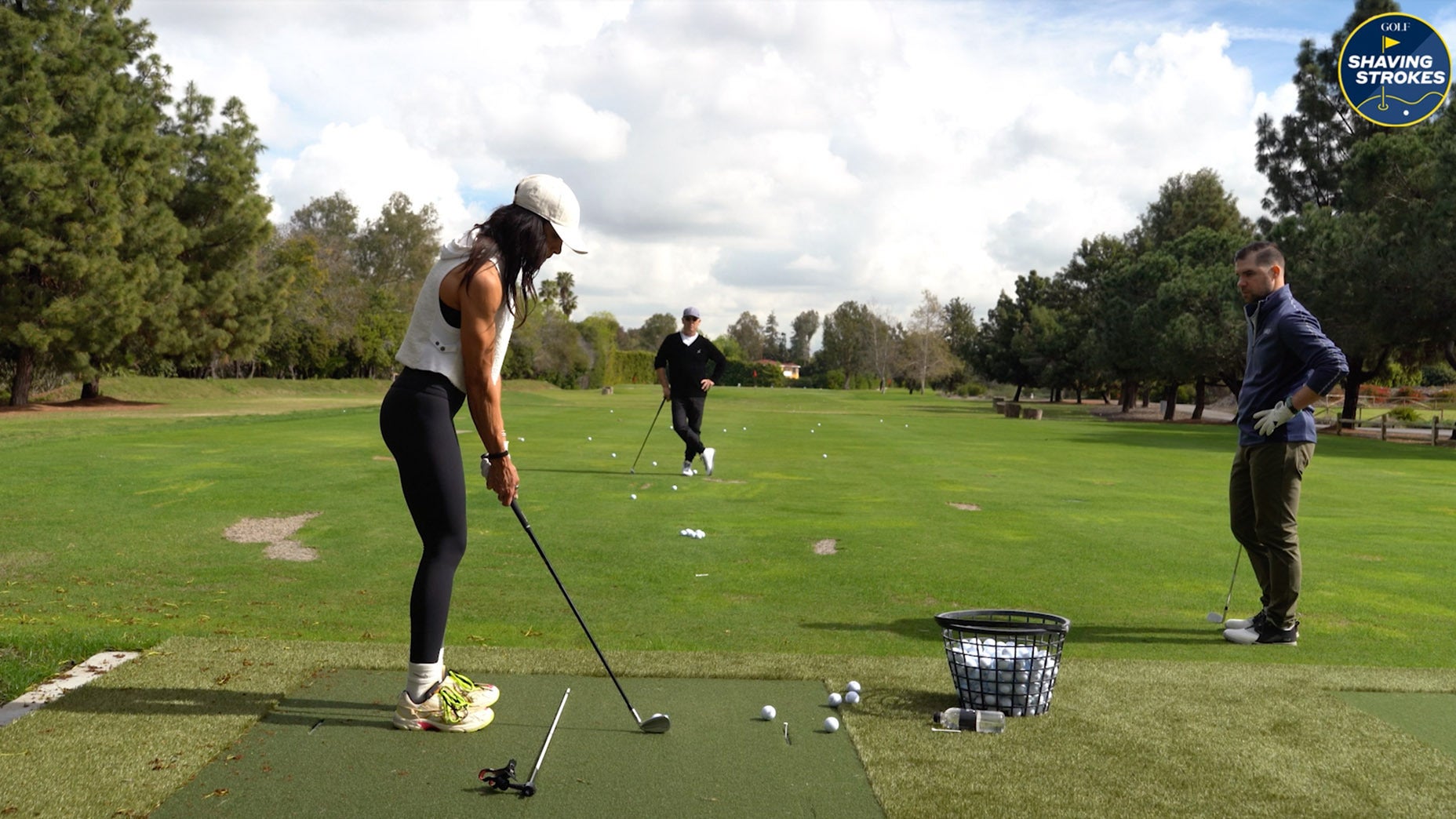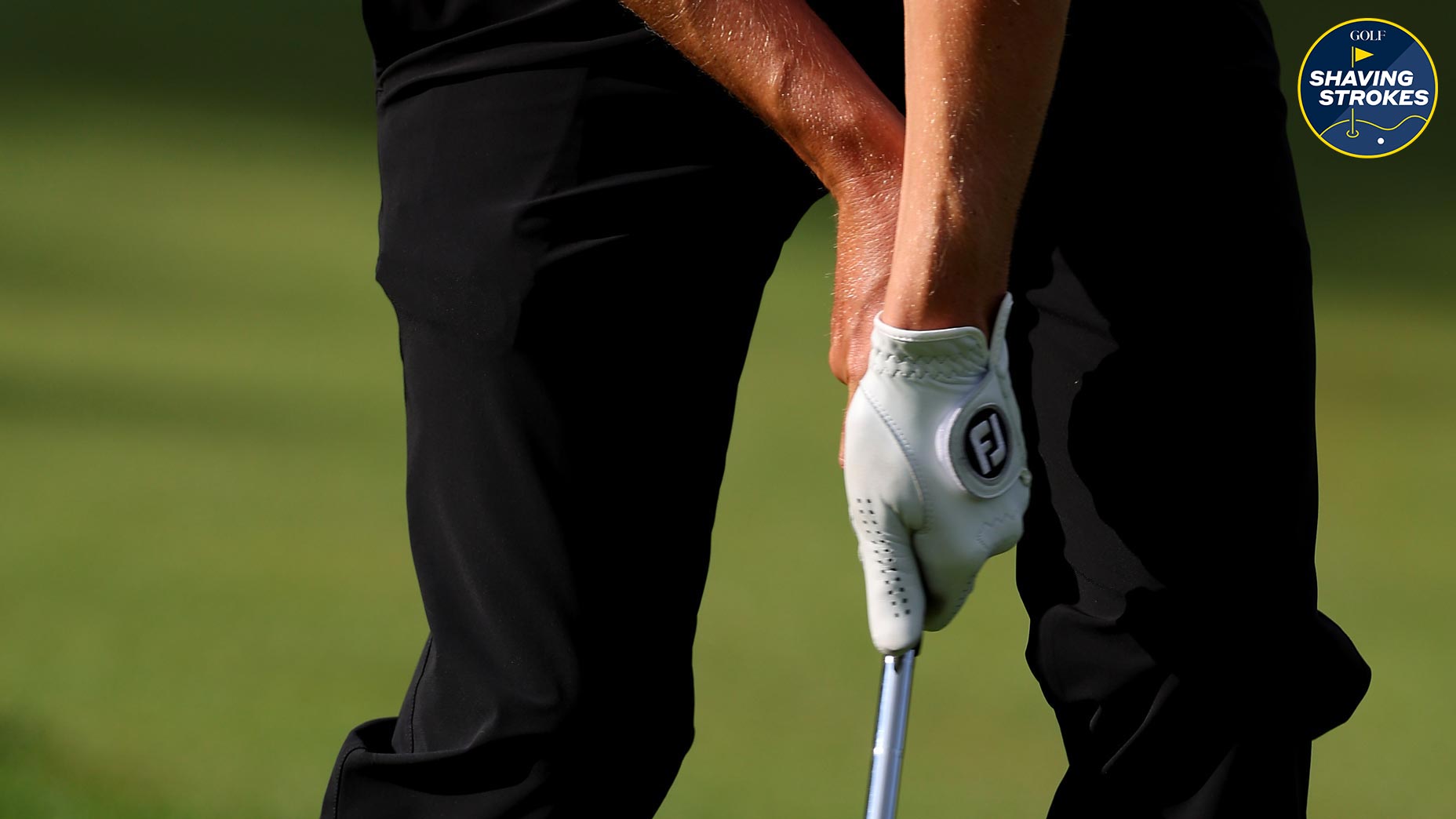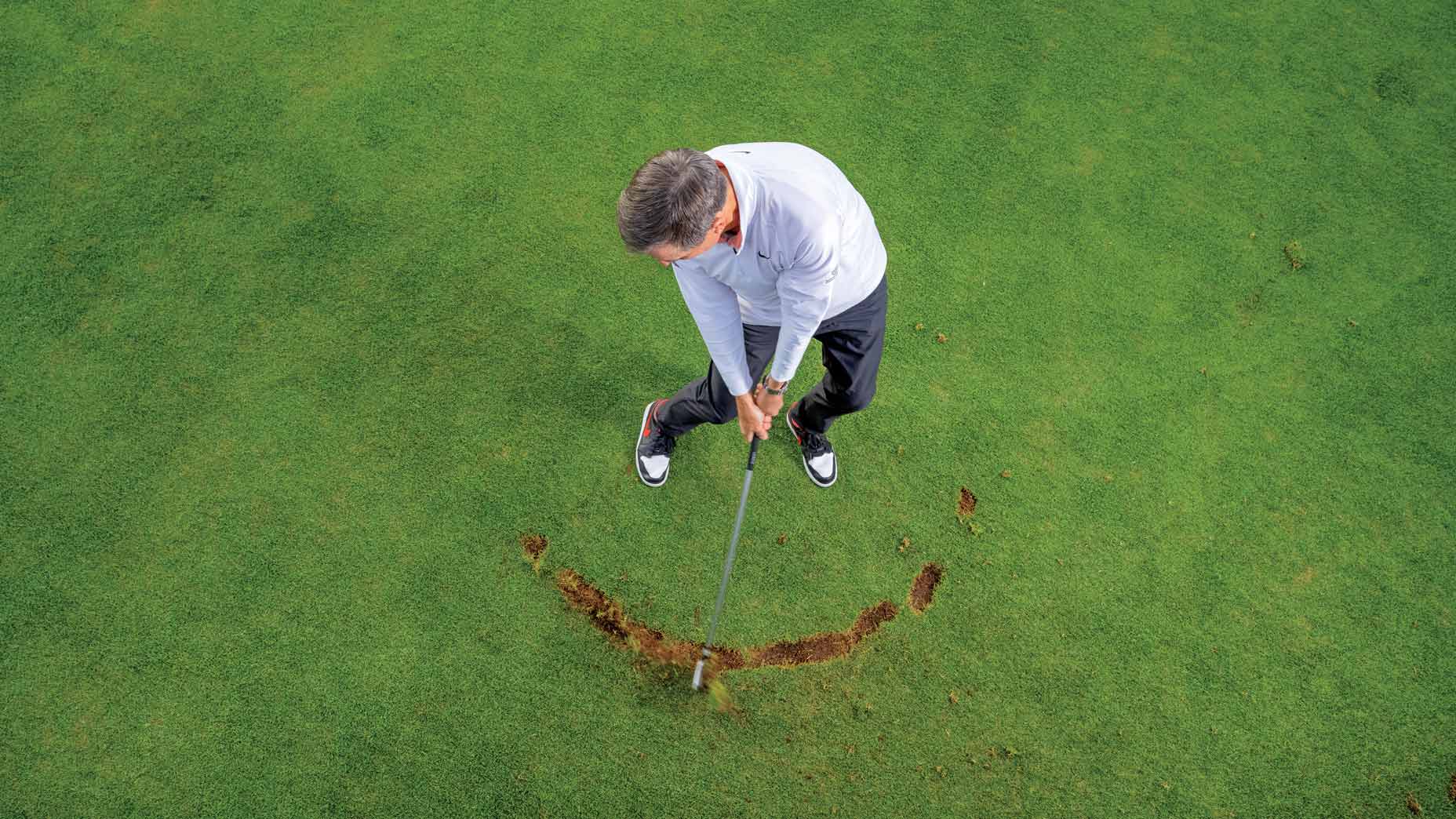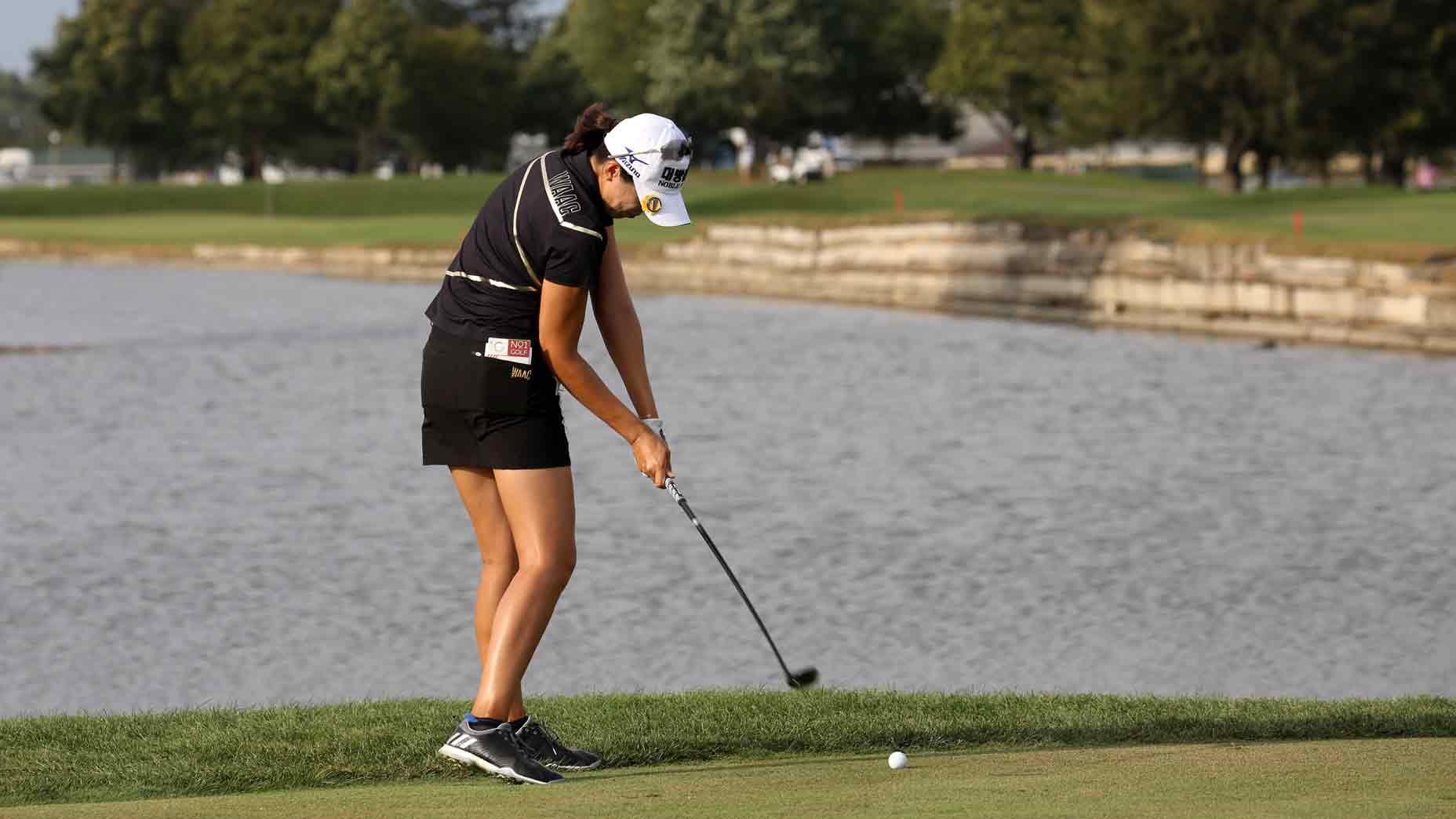10 lessons every golf student must understand before improving
- Share on Facebook
- Share on Twitter
- Share by Email
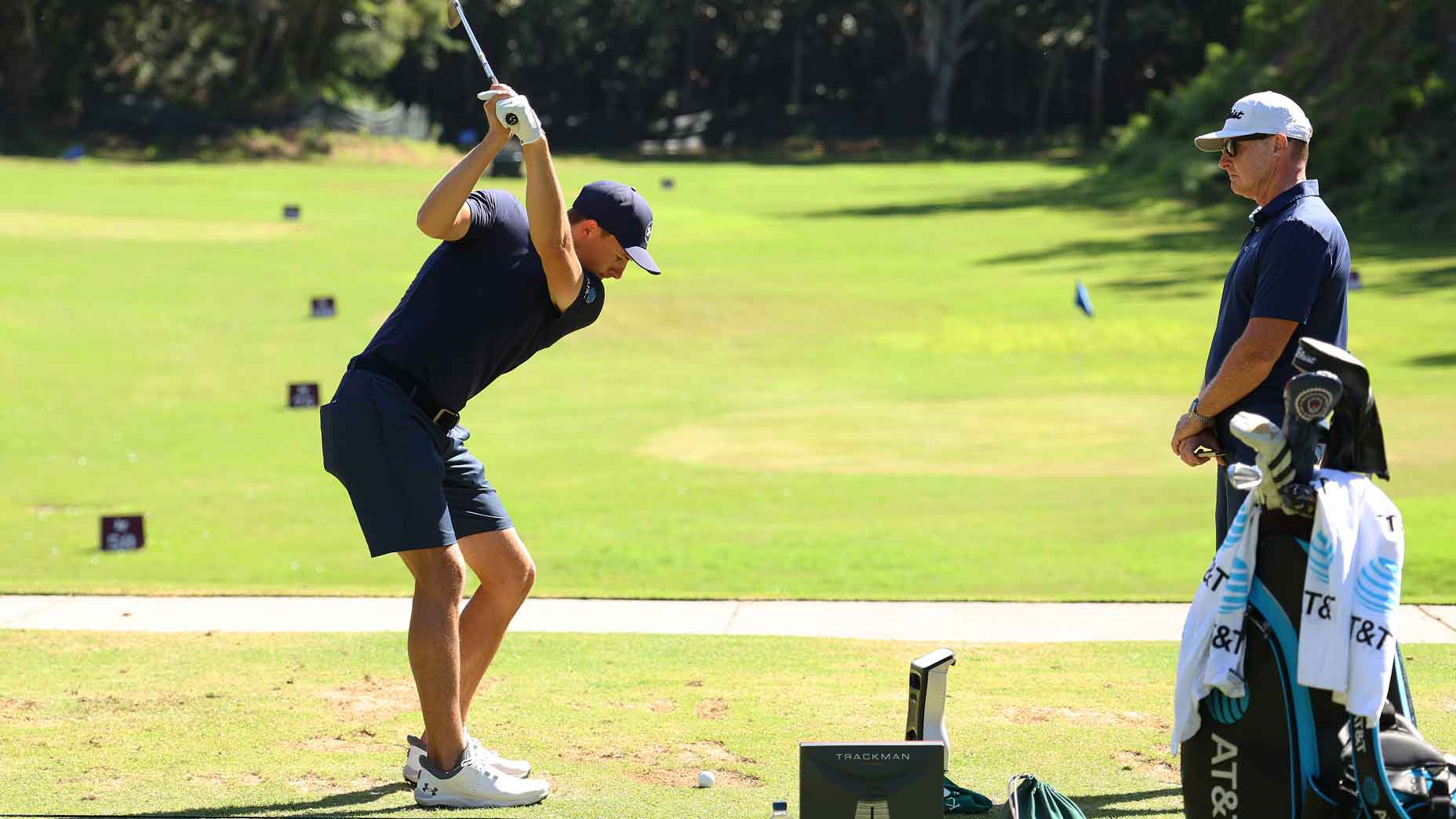
Once you understand (and accept) these lessons, you'll become a better player.
Getty Images
One of my favorite things to do is to become a student. Whether that means taking lessons when skiing or while playing either tennis or golf, doing so allows me to think like the players I coach everyday.
Since I spend the majority of my days teaching golf, getting a lesson in another activity allows me to apply some of those learnings to my students — all thanks to seeing things from a different perspective.
Learn these 10 things to become a better player
I’m of the mindset that taking consistent lessons in anything is the key to efficiently improve. Whether that’s in golf or something else, I think that having a coach once or twice per week can make a huge difference in a person’s performance.
So what are the most important skills for a golfer to understand to make the gains they expect? I highlight 10 of my favorite lessons (and observations) below.
1. Your skill is what it is
No matter what sport you’re playing, your skill is what it is — so your ability will be obvious to a good teacher right away. Regardless of being experienced or brand new to something, I remind players to never feel embarrassed with where your ability begins. The teacher should understand the reason why you’re there: To improve on both your strengths and weaknesses.
2. To improve, you must listen
Ask questions and show curiosity when getting a lesson; then listen to the answer. By doing so, you’ll better understand what (and why) you need to change something. The best teachers are great at identifying the fundamental issues that need to be worked on, so absorb the information he or she provides — then make a goal in order to make the necessary changes.
3. Making a change will feel different (and often uncomfortable)
We all develop habits that we believe in and trust, so remember that changing these not only takes time, but can often be uncomfortable when doing so. For example, during a recent ski lesson, I was learning how to shift my weight, but I was hesitant because it felt like I was going to fall on my face! Over time, I trusted the process and was able to do it correctly — but it took awhile to get there. So remember, if it doesn’t feel uncomfortable, you’re likely not changing anything.
4. Drills are purposely difficult
Drills aren’t meant to be easy, as they’re meant to speed up the changes you’re looking to make. A good drill will test you and make you get out of your comfort zone, so don’t get discouraged if you don’t successfully complete a new drill when first trying it. As you get more comfortable and (eventually) master the drill, rely on the steps you took to achieve that — as they can come in handy in case your bad habits return.
5. The teacher has to watch
Whether it’s one-on-one or in a clinic setting with students in a group, the teacher has to be there to watch, evaluate, and offer suggestions for improvement. This can be a bit nervy at first for many people — because performing in front of people and getting feedback is difficult — but it’s a necessary step in order to improve.
6. Improvement will drift in and out
When you’re making changes, until the habit is formed, success will come and go. Nobody is ever going to be perfect, especially at the beginning of any change, so always approach lessons with the mindset that you’ll have good and bad shots (or even days). When bad habits reemerge, rather than worry, you’ll have the foundation to overcome them much easier over time.
7. Repetition with feedback
Improving your game and making changes requires both attention and practice time. So I suggest hitting some balls and reacting to the results, which will eventually help you turn any change into a habit. This is why having training aids come in handy, as they provide instant feedback. I personally like using alignment rods, but there are plenty of options out there to choose from.
8. Tougher conditions test fundamentals
Under tougher conditions, your fundamentals will be tested. For instance, if you’re playing in a golf tournament with people you don’t know, you may feel a bit of performance anxiety — which is completely normal. Instead of trying to play someone else’s type of game, lean on your fundamentals and good habits. By doing so, you’ll build confidence and avoid pressing.
9. Embrace the discomfort
The word “can’t” is one of my least favorite words; but many students often say it when they’re frustrated with the process. Instead of saying “can’t”, though, tell yourself you “can’t yet… but you will!” As mentioned above, making changes can be uncomfortable and seeing the results you want will test your patience. Embrace the unknown and be willing to be uncomfortable. This will help you set realistic expectations.
10. It’s fun when it works
Whether it’s after a couple of lessons or a few years’ worth of them, hard work eventually pays off! Once these adjustments start to kick in, it’s fun to see the results and experience the improvements. So let this serve as a motivator for continuing to do the work and practice — because you’ll eventually get where you want to go.

FullSwing KIT Launch Monitor
$4999
View Product
Latest In Instruction

Golf.com

Nick Dimengo
Golf.com Editor


